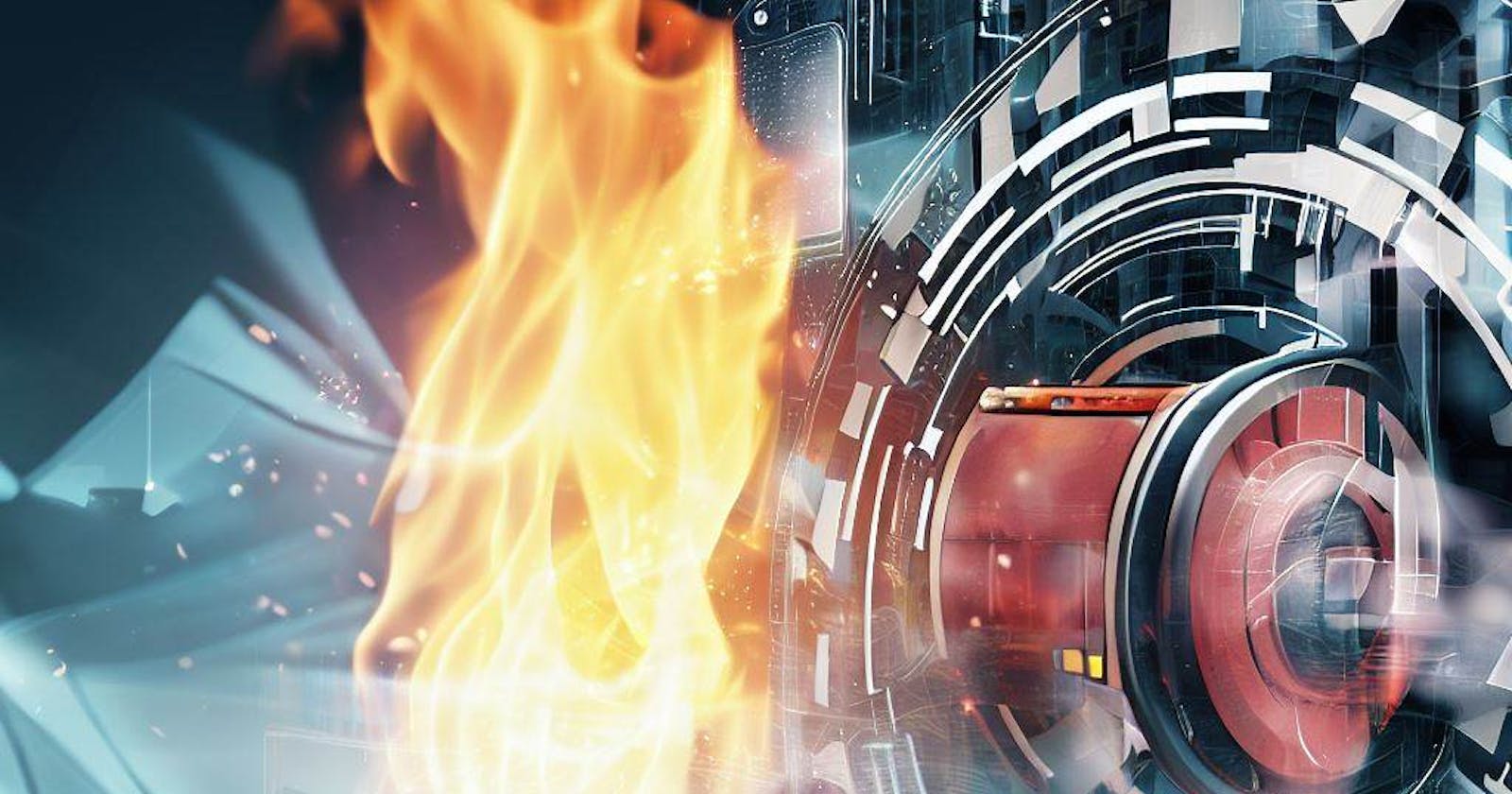Emerging Technological advancements for Fire Prevention and Suppression
Fire Prevention and Suppression
Introduction
Emerging technological advancements are transforming the field of fire prevention and suppression, offering exciting possibilities to improve fire safety and reduce the risks of fire hazards. Among the powerful tools that are shaping the future of fire prevention and suppression are artificial intelligence, robotics, the Internet of Things (IoT), and advanced sensors and monitoring systems. These technologies can detect early warning signs, forecast and visualize the spread of fires, and actively suppress fires more efficiently and effectively. The future of fire prevention and suppression also involves developing eco-friendly and green technologies that have a lower impact on the environment. Public education campaigns also play an essential role in raising awareness of fire safety and prevention to reduce the risks of fire hazards. These emerging technologies have the potential to save lives, protect property, and improve emergency response times.
Examples of emerging technological advancements being developed
Several emerging technologies are being developed for fire prevention and suppression. Here are some examples:
Internet of Things (IoT) and smart sensors
IoT devices and sensors can be used to detect fires at an early stage and in real time. These devices can monitor temperature, smoke, and other factors that could indicate a fire. The data that is gathered from these devices can be analyzed to identify potential fire hazards and prevent fires from occurring.
Artificial Intelligence (AI), Drones and Robotics

AI can be used to monitor large areas and detect fires before they can spread. AI systems can analyze data from cameras, sensors, and other sources to identify fires and alert authorities. AI can also help predict the spread of fires and assist in firefighting efforts. Drones can help firefighters assess the situation from a safe distance and locate hotspots. They can also be used to drop fire retardants and suppressants to control the spread of the fire. Robots are being developed to assist firefighters in dangerous situations. These robots can enter burning buildings and provide real-time data to firefighters. They can also be used to search for survivors and carry out other tasks.
Virtual Reality (VR) and Augmented Reality (AR)
VR and AR technologies can be used to train firefighters and simulate real-life scenarios. This can help firefighters prepare for different scenarios and improve their response times.
Clean agents
"Clean agents" are substances that can be used to suppress fires without causing damage to the environment or humans. These agents are being developed to replace traditional fire suppression systems that use water or heavy chemicals.
Early Warning Systems
Early warning systems for fire prevention and suppression are crucial tools that can identify the potential outbreak of fires and notify people to take preventive measures.
Here are some examples of early warning systems for fire prevention and suppression:
Smoke alarms and Heat sensors
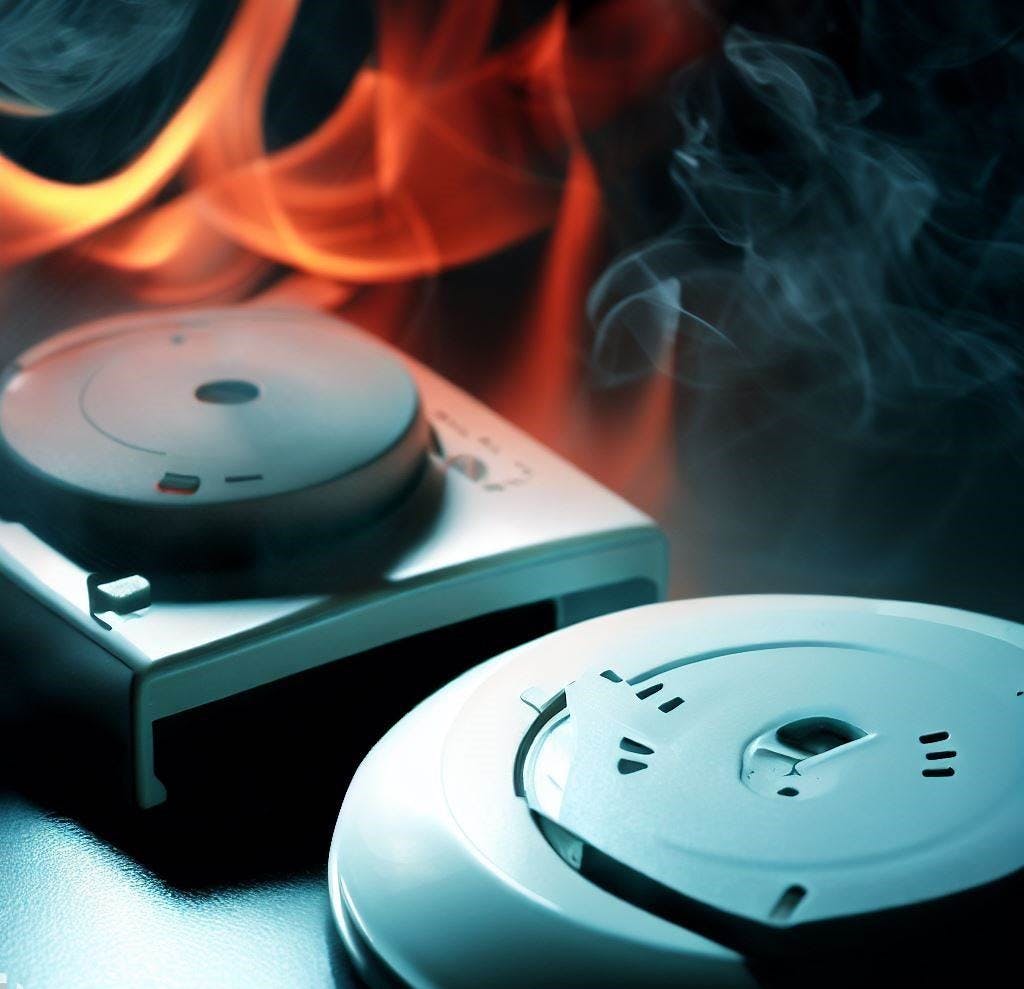
Smoke alarms are one of the most common early warning systems for fires. These alarms detect the presence of smoke and emit a loud noise to alert people in the building to evacuate. Heat sensors can be installed in areas where fires are more likely to occur. These sensors detect temperature changes and can send alerts to firefighting authorities and building personnel.
Fire detection cameras

These cameras use advanced imaging methods to detect fires, smoke, and related hazards. They can detect fires at an earlier stage and notify building management in real time to trigger timely evacuation and firefighting efforts.
Building automation systems
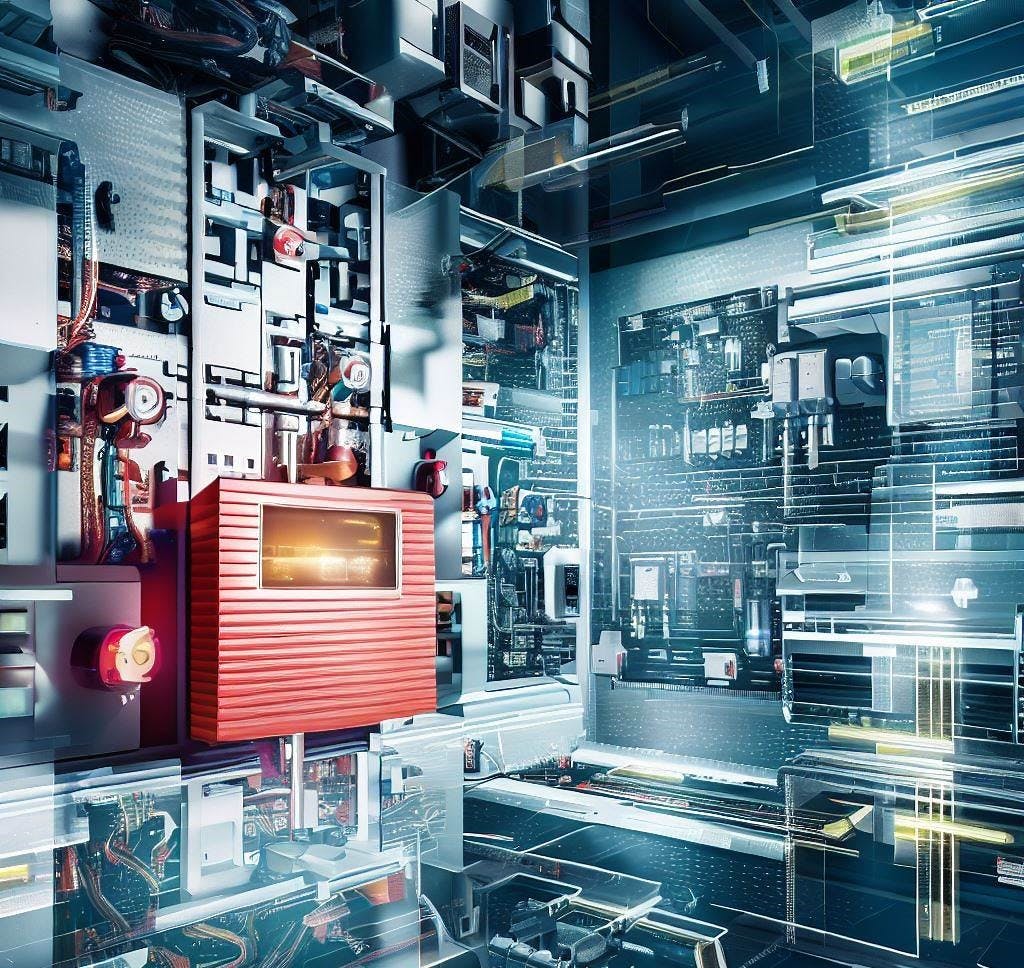
An integrated building automation system can be used to detect fires, monitor fire risks, and control emergency lighting, HVAC (Heat, Ventilation and Air Conditioning), and security. It can also generate alarms and notifications and initiate designated emergency protocols.
Wireless sensor communication network

A wireless network of sensors can be used to monitor the temperature, humidity, smoke, and other environmental conditions to detect fires at an early stage remotely.
Fire Suppression Systems
Fire suppression systems are designed to extinguish fires in their early stages or control them until the firefighting team arrives.
Here are some of the most common types of fire suppression systems:
Wet and Dry Pipe Sprinklers
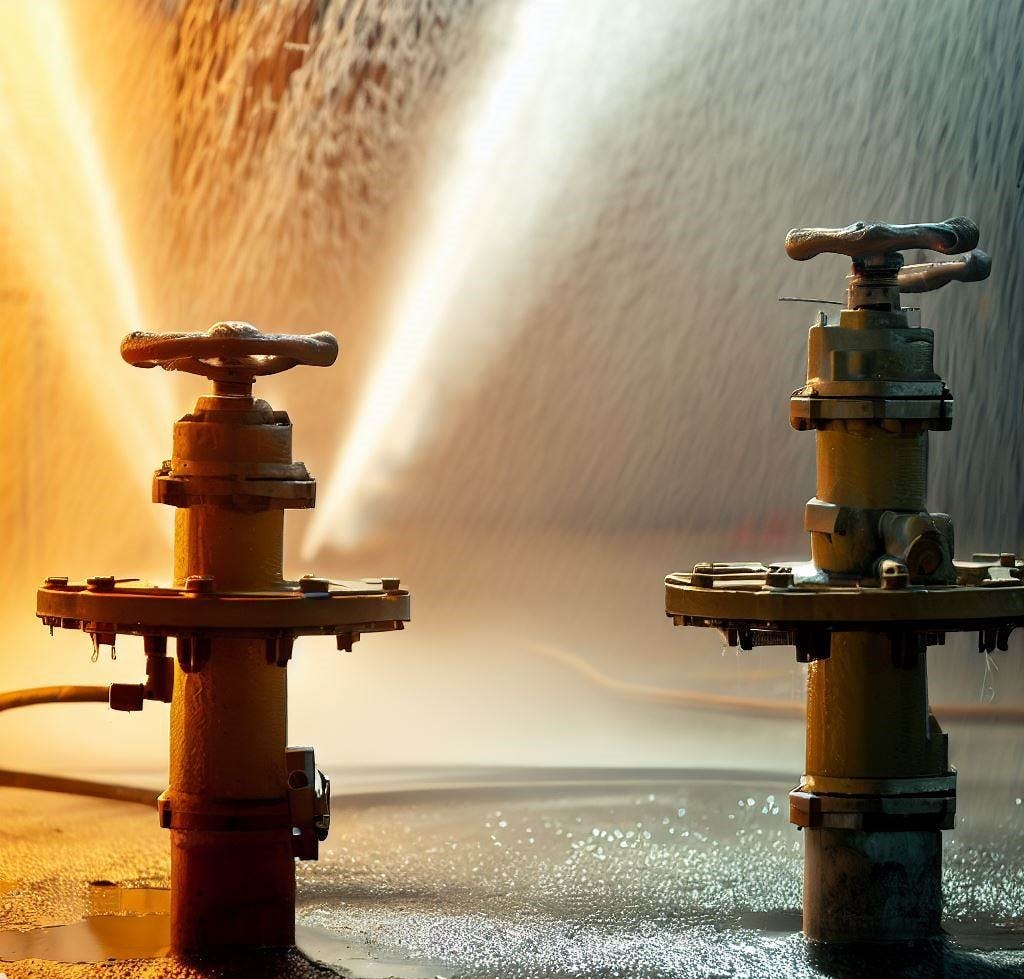
The most common type of fire suppression system used today is the wet pipe sprinkler system. It is designed to control or extinguish fires in a particular space by activating water flow to the sprinkler heads that are triggered through a fire detection system located within the building. Dry pipe sprinkler systems are primarily used in cold storage areas where the temperature is below the freezing point, which can freeze the water in the pipes. These systems typically use compressed air to keep pipes free of water until a fire occurs, at which point the pressure in the system drops and activates the sprinklers to discharge water.
Pre-action Sprinkler Systems
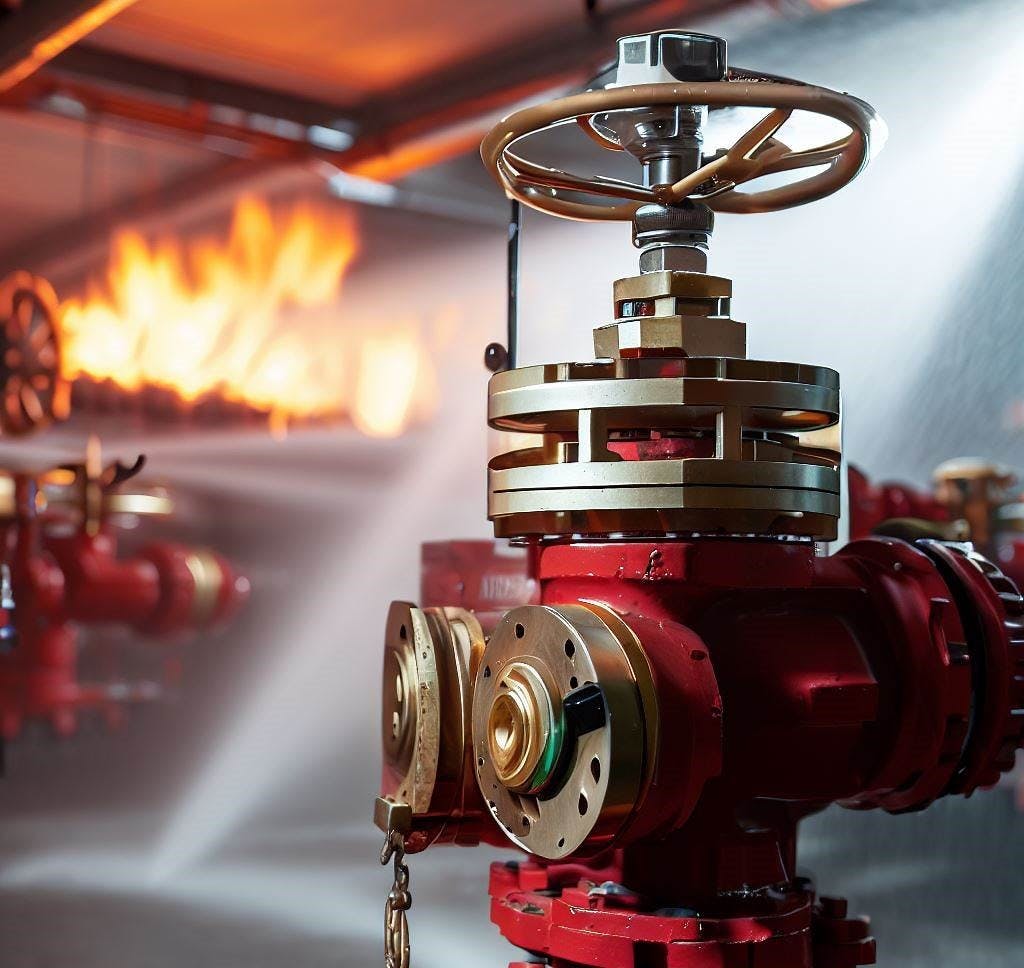
Pre-action sprinkler systems are a hybrid of wet and dry pipe systems. They use an electric or hydraulic detection system to allow water to flow into the pipes, and water is then released through the sprinklers when the detection system is triggered.
Carbon Dioxide and Foam Systems

Carbon dioxide systems are typically used where water may cause secondary damage. These systems emit carbon dioxide to extinguish the fire by reducing the oxygen necessary for combustion in the area. Foam systems use a combination of water and foam to suffocate the fire by smothering it. They are commonly used in airplanes, warehouses, and other areas where water may cause additional damage.
Clean Agent Systems
Clean agent systems utilize chemical agents to extinguish the fire without causing any damage to electronic equipment or sensitive areas. These systems are used in data centers, financial institutions, and other areas where water or fire can cause major losses.
Future of Fire Prevention and Suppression
The future of fire prevention and suppression is exciting and driven by technology, data analytics, and artificial intelligence.
Here are some potential developments that could contribute to the future of fire prevention and suppression:
Advanced sensors and monitoring systems
Emerging technological advancements such as IoT and wireless sensor networks can detect early warning signs of fires using data to spot changes in temperature, humidity, and air quality, which can trigger the activation of fire suppression systems.
Advanced forecasting and predictive modelling
Data analytics can help forecast and map the potential spread of fires, projecting where the ignition point is most likely to occur and the speed of the spread. By using this information, we can identify the areas most at risk of fire hazards and take proactive steps to reduce those risks.
Robotics and Artificial Intelligence (AI)
Robotics and AI can aid firefighting capabilities. Equipped with thermal imaging sensors and other remote sensing equipment, robots can assist in entering burning buildings to detect sources of fire and toxic gases and help emergency services control the fire quickly.
Eco-friendly and green technologies
With the growing concern about climate change, technological advancements are showing up, that not only suppress fires but also have a lower impact on the environment. Clean agents, such as gases that do not contribute to the depletion of the ozone layer or air quality, are being developed and adopted more widely.
Emerging technological advancements for active firefighting
Emerging technological advancements such as firefighting drones, aerial firefighting vehicles, and advanced firefighting gear allow for a much more efficient and effective response to fires while improving safety for firefighters in the field.
Public education campaigns
Educating the public on fire safety and prevention is very important and should be an ongoing process to ensure that people's knowledge is up-to-date to reduce the risk of fires.
Conclusion
To conclude, these emerging technological advancements offer exciting possibilities to improve fire prevention and suppression efforts. As they continue to develop, they could potentially save lives and prevent significant damage to property and the environment.
Early warning systems are critical in helping to ensure the safety of people and property. By detecting fires early, early warning systems can allow for an immediate response. Fire suppression systems are also critical tools for protecting lives and property from fire damage. It's important to choose the right system.
The future of fire prevention and suppression looks promising as technological advancements will help detect fires earlier, mitigate risks quicker, and suppress fires more efficiently.
